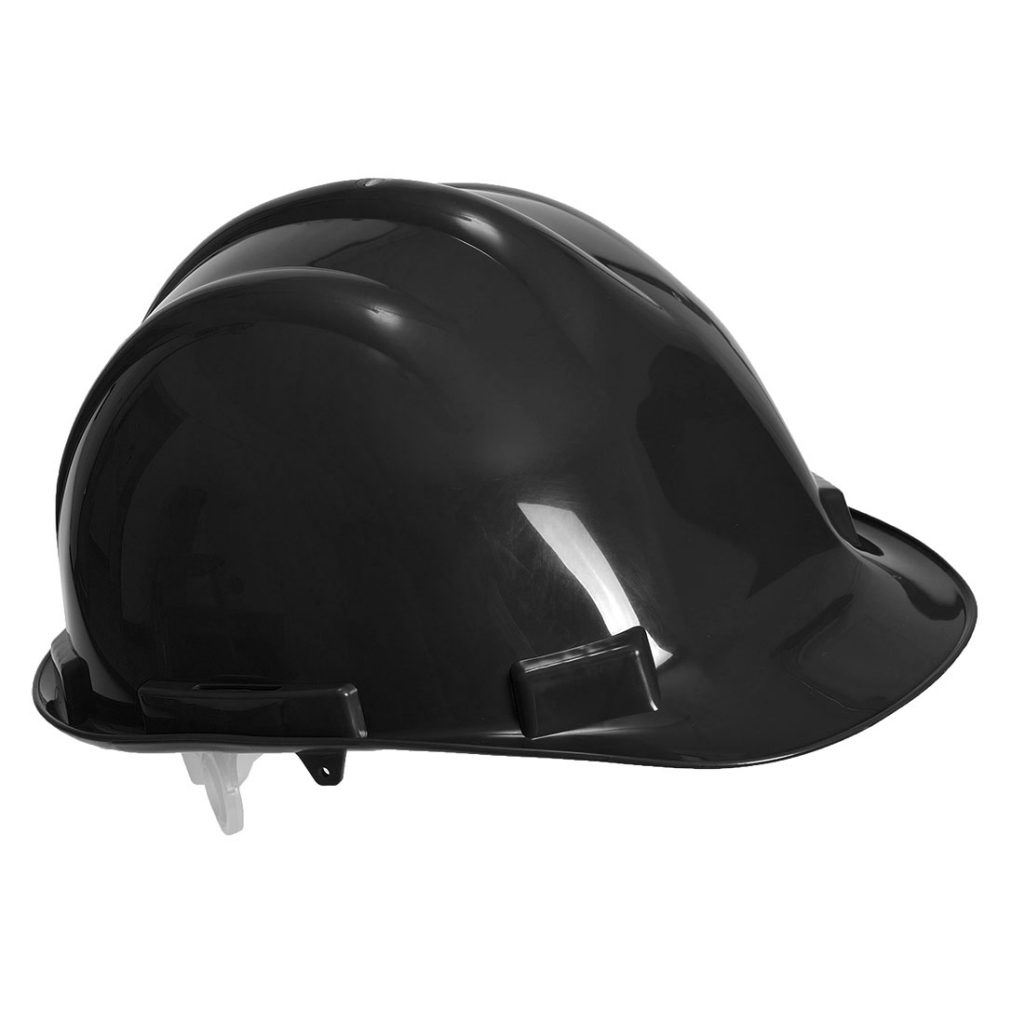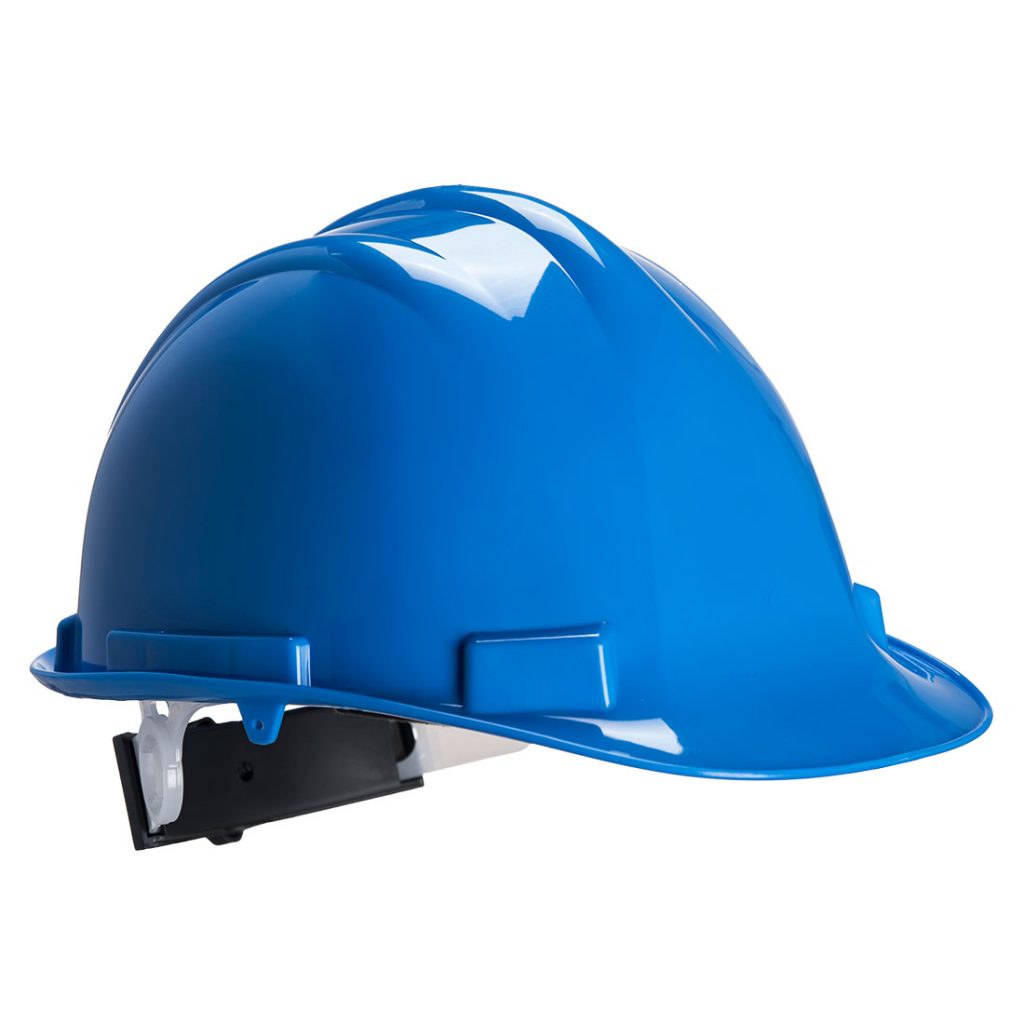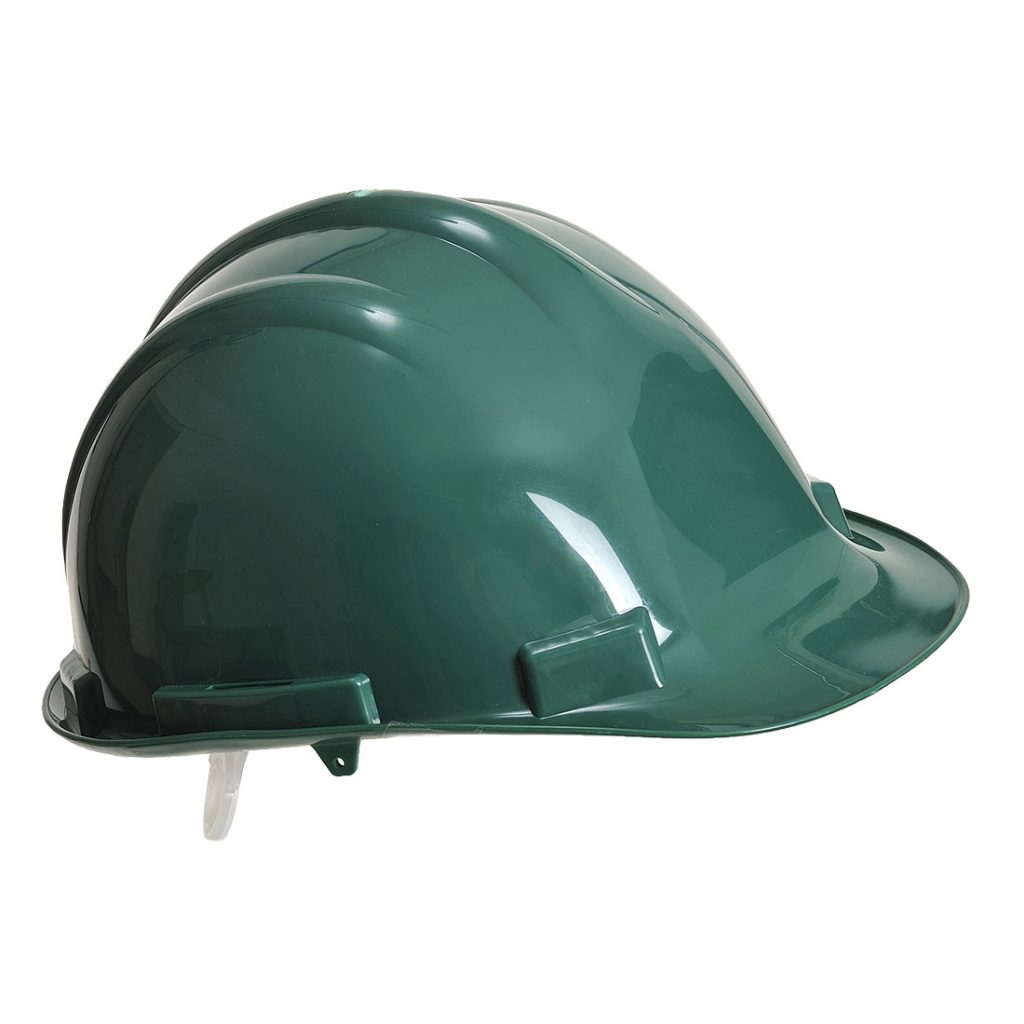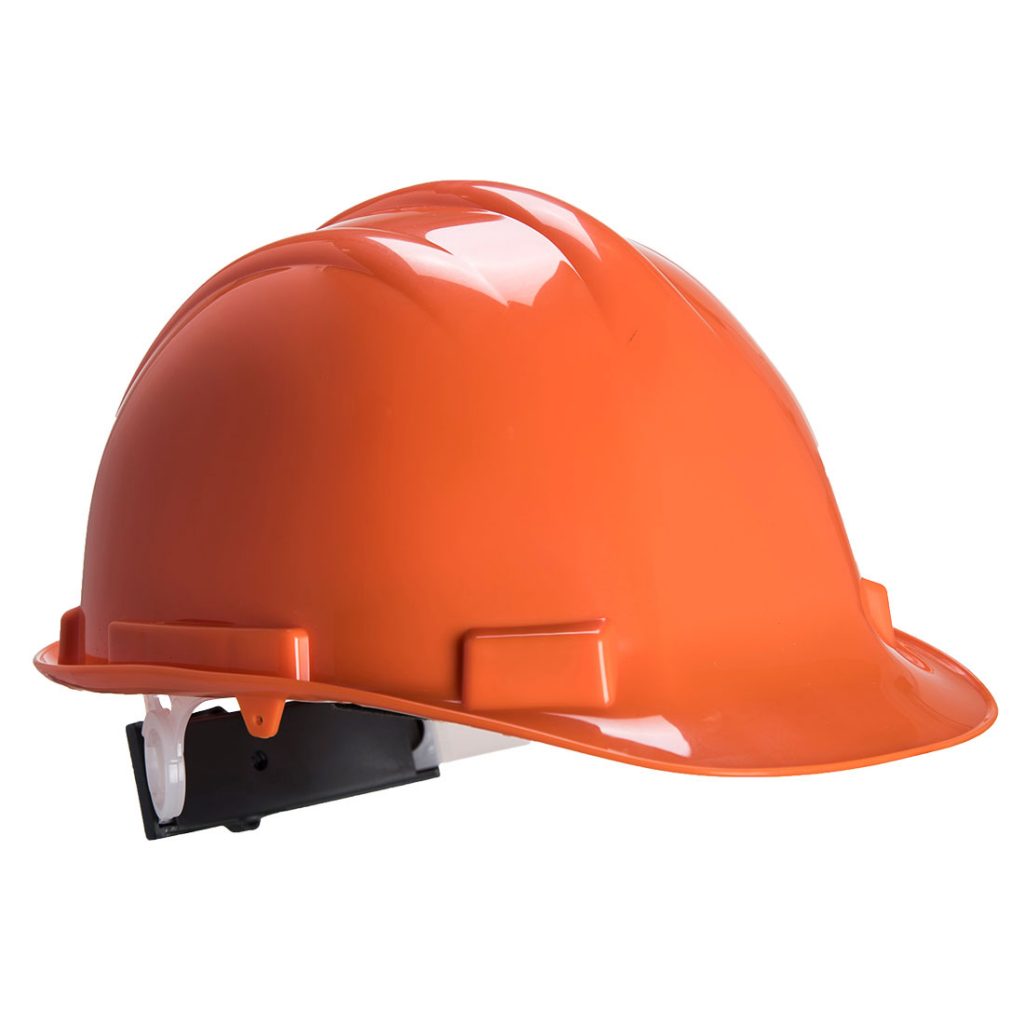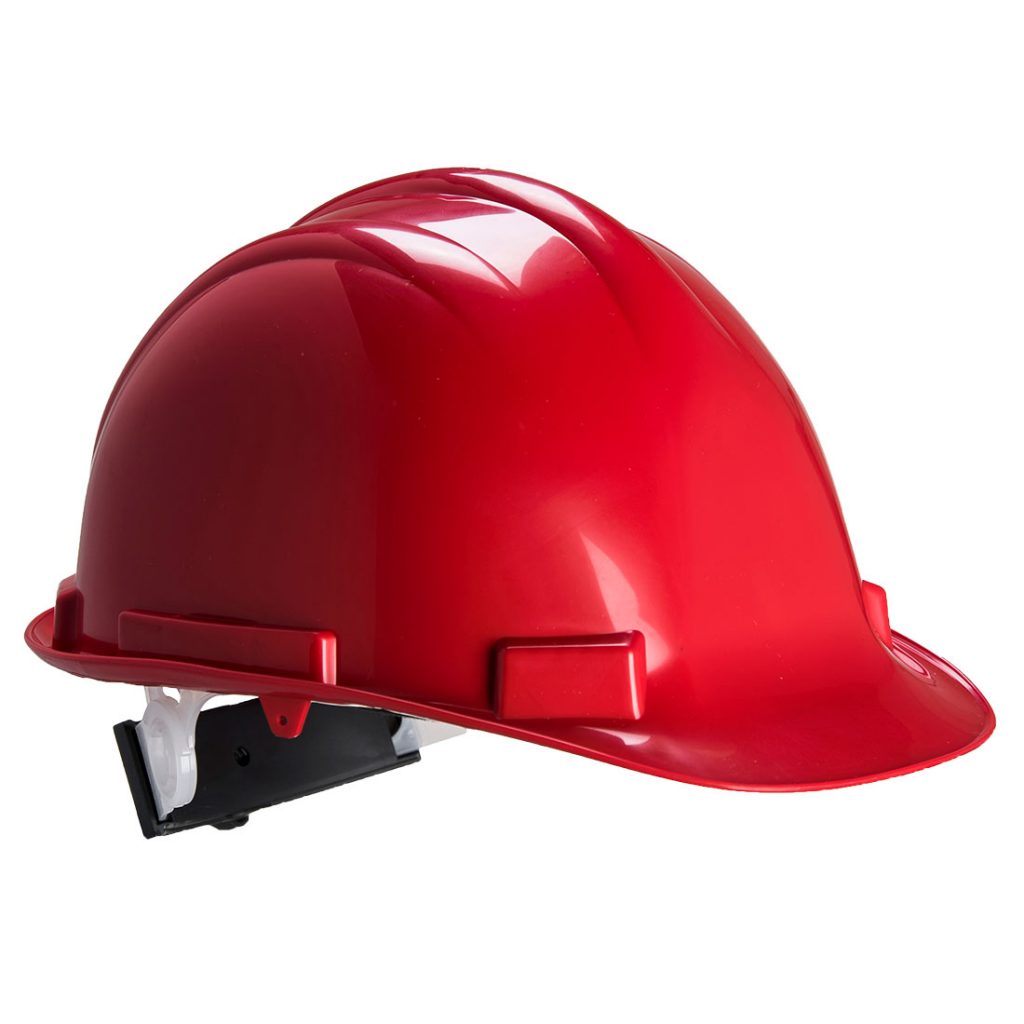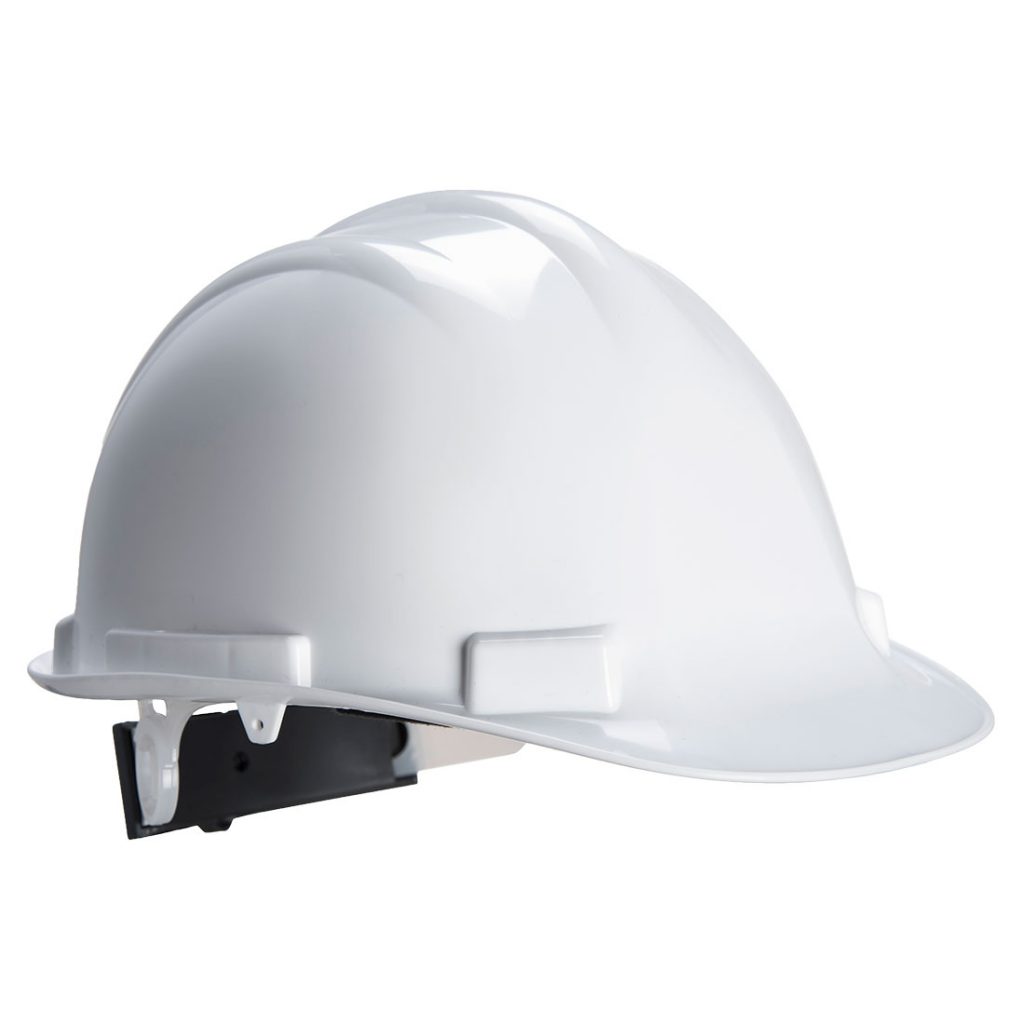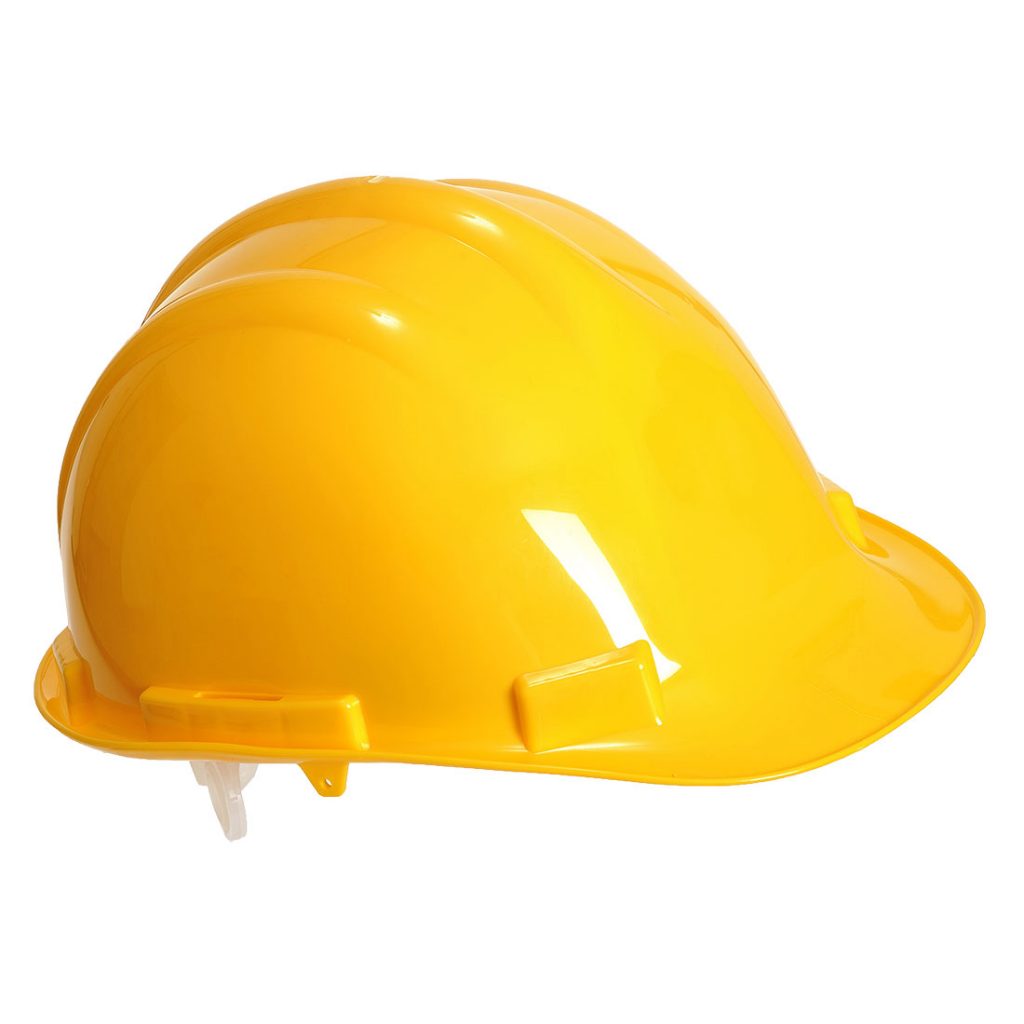Hard Hat Colour Codes: What You Need to Know
As of January 2017, Build UK, who represents some of the UK's biggest contractors and trade associations, has mandated hard hat colour codes.
Excepting Network Rail workers, whose sites only permit white and blue safety helmets, all other construction sites - new and existing - will be expected to change their helmet colours according to the wearer's site role.
Need Hard Hats with logos? XAMAX® is your perfect safety headwear print supplier.
Why were the colour codes changed for hard hats on sites?
The colour coding system was released April 2016, and is designed to identify workers by their safety qualifications. Each different colour hard hat has a different meaning, and it's important we take note.
The system is intended to reduce on-site dangers by making it easier to note the experience and expertise of each person on a construction site. Those trained in first aid, and fire marshals will wear stickers on their helmets for easy identification.
Do you need a Hard Hat or a Bump Cap? Bump caps are not covered by these changes.
What do the new hard hat colours mean?
The new hard hat colour codes are:
- Black: Supervisors
- Orange: Slinger/Signaller
- White: Site Manager / Competent Operative / Vehicle Marshall (also wears a different coloured Hi Vis vest)
- Blue: Inexperienced Person / Visitor / Apprentice / Architect / Anyone else who doesn’t fall into the above categories.
- Green First Aid + Sticker: First Aider
- Red Fire Marshal + Sticker: Fire Marshal
Images show the Portwest Safety Helmet, available in all mandated colour codes.
To reiterate, these standards and the new colour coding will be industry recognised, so - wherever you are in Britain - you’ll know who does what and who is qualified in various safety measures.
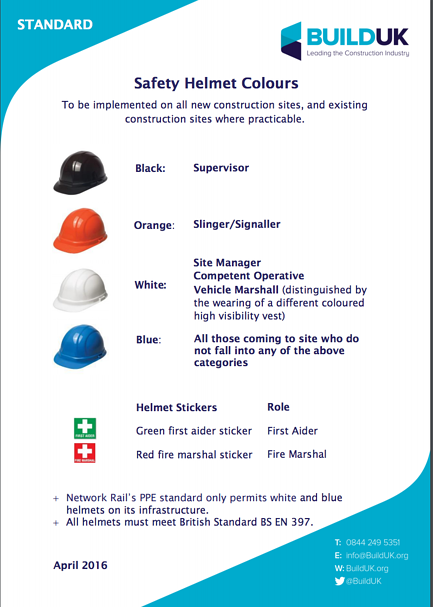
That means no more green and yellow hard hats on the highway.
Black Hard Hat Meaning
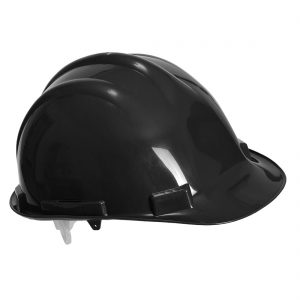
If you see a black hard hat wandering around the construction site, you can be sure that's some sort of supervisor or foreman.
Any problems you need help with, the black tops are the people you go to.
They'll also be the ones calling you out if you're slacking!
Orange Hard Hat Meaning
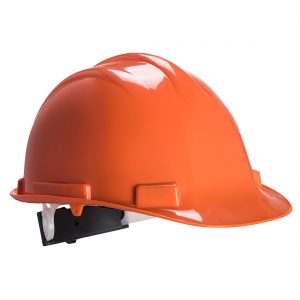
If you're on site and you need a ton of bricks shifting, or a joist lifting into place, you need to look for an orange hard hat. These personnel will be the ones trained, qualified and authorised to sling the weights to be lifted. Slinging isn't an easy job and requires skill and training to ensure weights are evenly distributed to ensure a safe lift.
The crane operators will need hand signals to know when it's safe to lift too. These have to be precise and conspicuous, so this is another trained skill the orange tops have. Orange hats will likely have other skills. They could be a brickie, a joiner, and electrician or pretty much any construction trade. The orange simply signifies that the wearer is also trained to sling and signal.
White Hard Hat Meaning
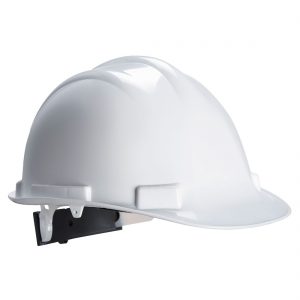
These hard hats have multiple uses. The site manager will be wearing a white hard hat on the construction site to signify that he's in charge.
But then, anyone who is skilled in their trade and classed as a "competent operative" would be wearing a white hard hat too. That clash between those who do the work and those who create the work may cause confusion, but it's likely the site manager will be wearing a suit and not grafter's workwear.
A vehicle marshal will be wearing white too, but there's a very good chance they'll be wearing Class 3 hi-vis (at least should be) which would be marked on the back as a marshal.
Blue Hard Hat Meaning
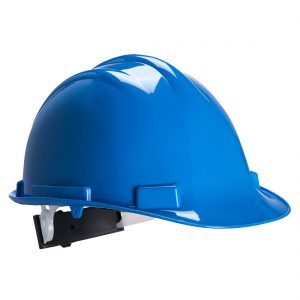
This colour of helmet is reserved for those who shouldn't really be left unsupervised on a building site. Apprentices will be wearing a blue hard hat, as will any visitor to the site.
Health & Safety is everyone's responsibility. If you see a blue hat working alone or wandering around unsupervised, you should look for a black hat and let them know.
Red Hard Hat Meaning
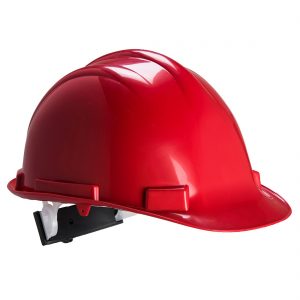
Oh My Lord there's a FIRE!
When the alarm goes and everyone exits in a safe and orderly manner, it will be a red hard hat directing you. You do as they say if you want to stay alive. This is an important position that requires extensive training and responsibility. There will likely be a sticker on their hat that signifies they are a fire marshal, but not every time.
Green Hard Hat Meaning
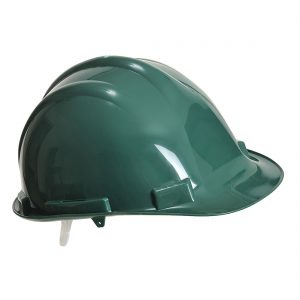
There's not a tradesman in history who hasn't skinned a knuckle, cut their finger or taken a knock to the head. When those incidents happen (and they do happen) and somebody is hurt, it is a first aider you look for. By looking for a green hard hat you will find the first aider more easily and quickly.
As with the red tops, green tops will likely have a first aid sticker on their helmet that comes with the job.
What happens if I don't follow the colour safety rules?
The new regulations WILL cost companies if they don’t comply immediately and HSE may halt projects if site workers aren’t wearing the correct coloured hard hats.
This happened in 2008 in Aberdeen when a £285 million construction project was stopped for incorrect hat colours, breaking Health and Safety regulations.
There is no excuse really. Hard hats are a relatively inexpensive piece of PPE, especially considering the dangers of not using them properly.
How much will all this cost me?
It is better to ensure that you and your colleagues are safe on site, than it is to hope for the best and save a few quid. Fines are being handed out and workers are getting injured.
In the long run, these regulations mean lower costs to employers, which is good news for companies. With fewer hard hat colours, companies will have to buy fewer variants, but initial replacement may be costly, if you haven't done it already.
Although by now, you probably should have got al this sorted. Hard hats only have a certain shelf life anyway, as the plastic weakens and deteriorates over time, depending on the weather conditions of your particular site.
There should either be an embossed or printed ‘best before’ date on your helmet, or some brands have stickers that fade over time, letting you know when it’s time to replace it.
There is no excuse for providing or wearing an unsafe hard hat, so make sure everyone is covered correctly at all times.
Can I still add my logo to a hard hat?
All helmets must meet British Standard BS EN 397, so full wrap stickering won't be allowed. You can still safely have your logo printed onto a hard hat so long as your supplier adheres to safety standards.
Just one more reason to always choose a BSiF Registered Safety supplier like XAMAX® as your trusted customisation specialist.
Where can I get hard hats with my logo printed on?
XAMAX® can supply you with high quality, fully compliant and customised hard hats at highly competitive prices. If your company needs new hard hats, check out our selection here;
All safety helmets and hard hats are available in the four regulation colours, meet all PPE standards and are available to add your logo to.
XAMAX® use direct pad printing techniques as well as indirect printing on our hard hats to ensure you get the quality you deserve.
What was the old hard hat colour coding system?
For those who are curious, the old regulations necessitated a staggering seven colours of hard hat: white, green, yellow, brown, blue, orange, and grey.
- White was for managers, foreman, engineers, or supervisors
- Green was for safety inspectors, new workers, or probationary staff;
- Yellow was for general labour and earth moving operators; brown was for welders and other high-heat workers
- Blue was for carpenters and technical operators, including electricians
- Orange was worn by road crews
- Grey was worn by site visitors, or those who forgot or misplaced their hard hat. Sometimes a bright pink hard hat was worn as a semi-punishment.
Forget those seven colours. Now, there are only a simplified four colours to remember, which should make it easier and safer for everyone.
What will companies do with all of the old hard hats? And - most pressingly - can Bob the Builder be fined for wearing his yellow hat on a construction site instead of a white one?
Yes he can.
Of course, it's important to remember that these colour codes for hard hats only refer to construction sites in the UK. Any other working environment can pretty much use any colour they like.
- How Long Does PPE Last? (Probably Not As Long As You Think) - 12th March 2025
- BSIF Issues Urgent Warning: 90% of PPE from Non-Registered Providers Fails Safety Tests (2025) - 10th February 2025
- Understanding UK Safety Standards for Respiratory Protection - 14th October 2024

